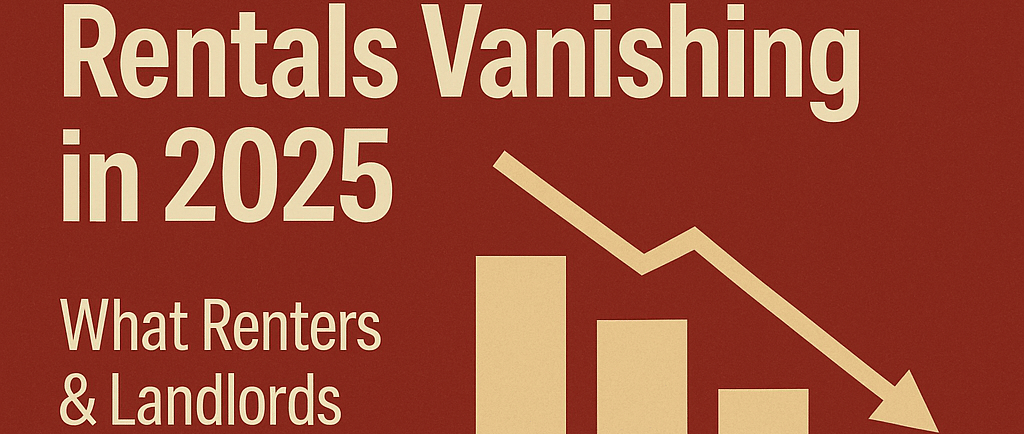Eviction Crisis & Affordable Rental Shortage in 2025 — What Renters and Landlords Must Know
A massive shortage of affordable rentals is fueling eviction risks across the U.S. in 2025. Learn how rising rents, construction decline, and regional spikes—like 48% rent growth in Pittsburgh—affect renters and landlords.
itan chavira
9/2/20251 min read


In 2025, a widening chasm between affordable rental supply and renter demand is intensifying, leading to alarming eviction rates and record-high cost burdens. According to the National Low Income Housing Coalition, there are just 35 affordable homes for every 100 extremely low-income renter households, leaving a staggering 7.1 million-unit shortage nationwide YouTubeBusiness Insider. As rental availability shrinks, rent climbs—it’s a crisis resonating from large cities like Pittsburgh to smaller communities alike.
Key Trends and Issues
1. Severe Shortage of Affordable Rentals
Only 35 units exist per 100 households earning under 30% of the local median income, highlighting an urgent national crisis Business Insider.
Nearly half of all renters are cost-burdened, spending over 30% of their income on housing.
2. Escalating Eviction Filings
With limited affordable housing, eviction risks are rising even as pandemic-era protections vanish.
California’s eviction cases have climbed back to—or pushed past—pre-pandemic levels Business Insider+1SFGATE+9KQED+9CalMatters+9.
Limited protections remain in select areas like D.C.; most U.S. states lifted eviction moratoriums long ago LawDistrict.
3. Rent Spikes in Certain Markets
Pittsburgh leads U.S. cities in rent growth, with a nearly 48% jump since 2019, driven by demand from remote workers and a shortage of new units Barron's+7newsweek.com+7New York Post+7.
Other cities such as Tampa, Indianapolis, and Sacramento also report sharp increases.
4. Rising Demand Amid Shrinking Supply
After a temporary easing, the apartment construction boom is ending; completions are down 28%, while demand surges.
Rents are projected to climb 5–10% annually, especially as buying remains out of reach for many New York PostBarron's.
What Renters Should Know
If you're struggling to pay rent, check for local eviction protections—some regions still offer temporary relief.
Reach out to rental assistance programs early to mitigate risk.
Stay informed about tenant rights in your area—laws vary by city and state.
What Landlords & Property Managers Should Know
With supply low, well-maintained rentals are in demand. Consider strategic renovations or repositioning units for higher-quality tenants.
Explore opportunities for developing affordable units, or partnering with local housing agencies to meet demand.
Connect
Join our community for updates and feedback.
Support
Office- 909-625-3259 (Pomona, Montclair, Ontario)
© 2025. All rights reserved.
Office- 909-350-4160 (Fontana, Colton, Rialto)